Must see
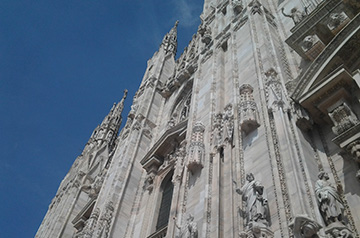
TOP 10
Milan is planty of good places to see. To enjoy your visit in Milan walking with us to discover the very best part of the city. From the city center till the hidden parts!
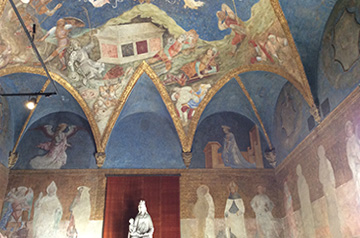
MONUMENTS
The most interesting buildings, main monuments, churches, historical places, the castle: discover the many things to see in and around Milan by our walking tours!
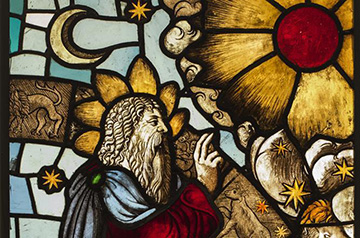
MUSEUMS
Museo del Novecento and Gallerie d'Italia which preserve masterpieces by artists known all over the world, give Milan the dignity of 'big city' of art. Why not be attracted by all this wonderful art?
Top 10 in Milan
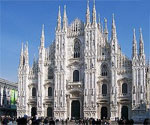
It is the monument symbol of Milan, with its golden Madonnina. It is one of the most famous and complex Gothic constructions of the world. An iconic building of Milan, the entire history of Milan can be learned in the visit. Inside, the remains of the ancient Basilica are to be seen.
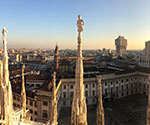
The Duomo offers a fantastic walk on the terraces between the famous spires. Enjoy unprecedented Milan from high! The view is stunning, the experience unique.
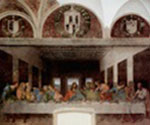
The church is a real treasure trove of wonders. The architecture by Bramante is a typical design of the Renaissance period. In the refectory the worldwide famous Last Supper by Leonardo will astonish you.
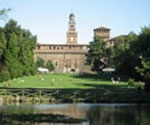
The Sforza Castle, one of the main monuments of Milan, had different embellishments and refurbishments during its history, to become a symbol of of the city up to now. It was also the headquarter of the Sforza family that hosted Leonardo da Vinci for about twenty years. Inside, a room with a forest painted by Leonardo, the biggest revelation of the earliest restauration, and a masterpiece by Michelangelo, the Pietà Rondanini.
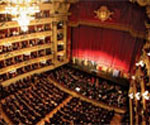
A fascinating journey through the history of music. Most of Italy's greatest operatic artists, as Giuseppe Verdi and Arturo Toscanini, and many of the finest singers from around the world, have appeared at La Scala during the past 200 years, and still it is considered to be the leading opera and ballet theatres in the world.
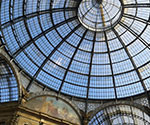
Designed in 1861 and built by Giuseppe Mengoni between 1865 and 1877, the Galleria Vittorio Emanuele II is one of the world's oldest shopping malls and a pure symbol of Milan. Housed within a four-story double arcade in central Milan, the Galleria is named after Vittorio Emanuele II, the first king of the Kingdom of Italy.
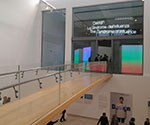
Opened in 2007, the first museum of Italian design. Located in the Triennale of Milan offers the visitors the chance to discover the excellence of Italian design through unpublished views. No chronological order or by author, every year the Triennale Design Museum is renewed, topics and compositions changhe to enhance innovation and creativity.
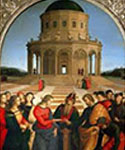
The Pinacoteca (Art Gallery) is located in the great palace of Brera, which has always been the true pole of Arts in Milan, with its Academy of Fine Arts, the Library and the Astronomical Observatory. The museum houses one of the most famous collections of paintings in Italy, specializing in Venetian and Lombard paintings, and features masterpieces by great painters such as Raphael, Mantegna, Caravaggio, Tintoretto, Piero della Francesca. The visit is not to be missed.
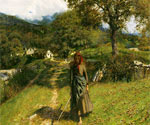
Opened in November 2011, this museum is dedicated to masterpieces of the 19th century Lombardy. It starts with Canova, proceeds with 19th century history painting, landscape Lombard and genre painting, with scenes from common people life full of great poetic suggestion, ending up with works of symbolist and divisionist artists, such as Previati or Boccioni. A must see place!
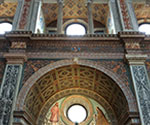
It's a wonderful church, entirely decorated with frescoes of lombard artists of the 16th century. Its uniqueness lies in the frescoes depicting mostly holy female figures, due to the fact that this was a Benedictine monastery in the past.